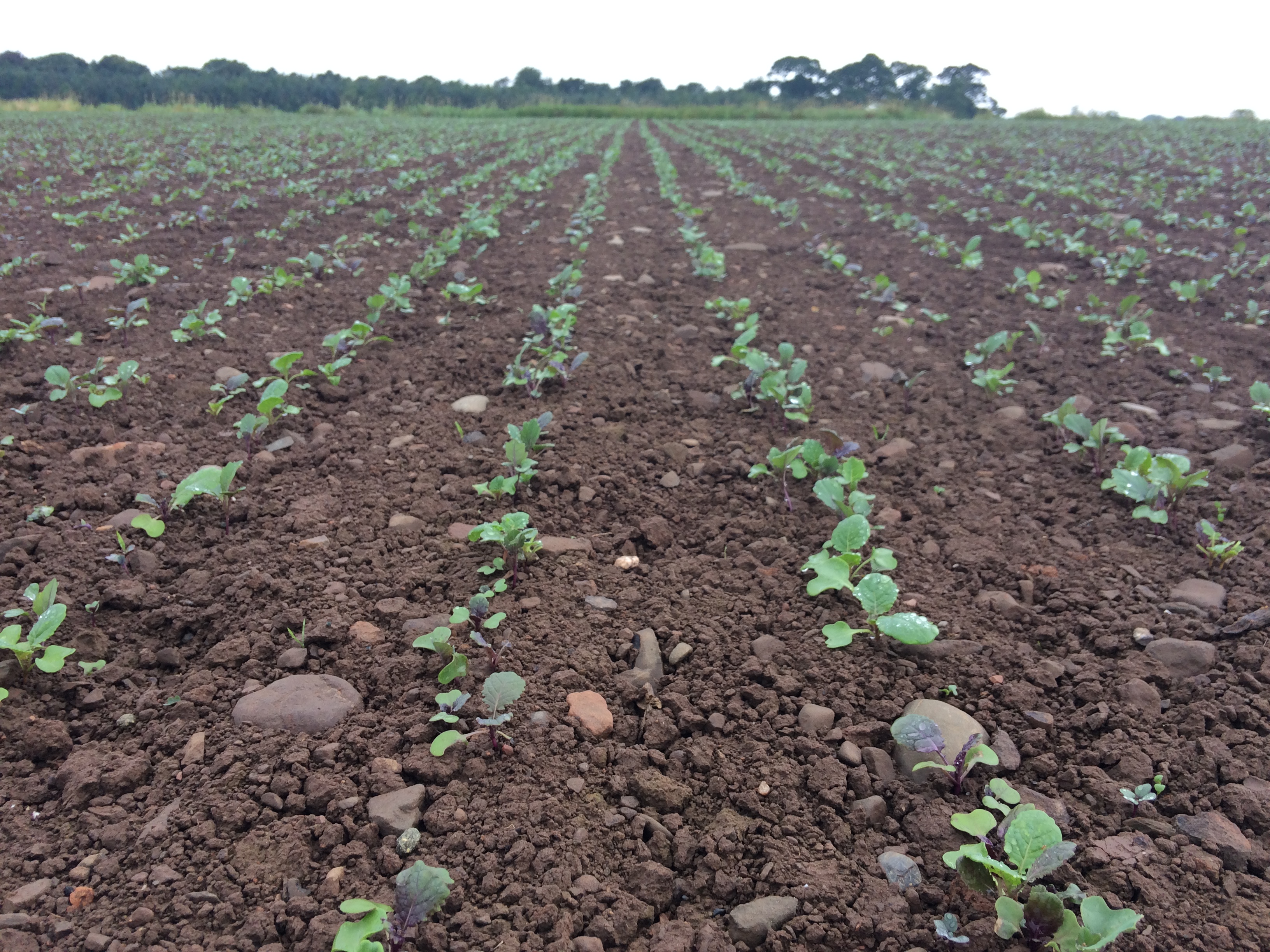When is best to drill your game and stewardship crops?
With the sun shining and spring positively blooming just now, many growers will be overcome with the itch to start drilling. However, it's worth asking yourself - is now really a good time to drill your game cover, wild bird seed, nectar flower and other stewardship features?
Good things come to those who wait
In most instances (especially for kale, millet and sorghum-based options at least), I am still inclined to wait until June. I was recently prompted to share this advice in a discussion with someone new to establishing these crops, as they were receiving mixed guidance from peers and so were unsure what to do for the best.
To better explain, I have set out the pros and cons below which may help set the background:
Drilling now
- Pros
- You can catch moisture in the ground which may not be there later. This kind of scenario is quite fitting now in fact, as although we've had some bouts of rain, forecasts for the remainder of May look quite dry.
- You can take advantage of the sun and warm temperatures. However, a lot of us tend to get excited when the first 'proper sun' of spring comes out – it's important to sit back and consider whether the soil temperature is consistently warm?
- You're allowing more time for the crop to grow and successfully establish.
- Cons
- Although the crop is given more time, it will take a while to get going and this leaves it at the mercy of flea beetle, pigeons and game.
- Peer pressure - everyone else is drilling so why shouldn't you?
- The worst one ever (for me): the presumption that "If it doesn't work now, we still have time to re-drill later!"
Drilling later
- Pros
- If you can plan to drill just before a rain shower or thunderstorm, the crop will 'fly'. Decent warmth in the ground and warm rain encourages crops to grow rapidly and helps pre-emergence herbicides to work more effectively.
- You can spread the workload and drill to meet the crops' needs. Later drilling takes the pressure off.
- A crop that hits the ground running is far less likely to get hammered by flea beetle, pigeons and game.
- Cons
- Looking towards June and early July seems awfully far away just now and it can be difficult to plan ahead. (On average though, it is well worth waiting for!)
- If it doesn't rain in June/early July, moisture may be lost. (However, if seedbeds are rolled the moisture should still be there).
- Areas where there is high game pressure may struggle from grazing.
For those embarking upon their first-year game and stewardship crops, I appreciate it can be difficult to know what's best – you really are at the mercy of what everyone else is telling you. Personally, I haven't got any of my customers drilling kale-based mixtures yet and I will continue to do my best to hold them off.
What can be done now?
Cereal-based mixtures can go in now quite happily. In some regions, maize can start to go in but remember, we need consistently warm seedbeds at a depth of three inches for the crop to get away well.
Forage maize will be going in but only in large fields where there are favourable conditions to allow successful drilling.
With respect, game crop plots are often in the poorer locations with shade, vermin and poor seedbeds all providing additional challenges, so they are not the same!
So, when do I drill?
In days gone by, some growers opted for the old school method of sitting on the seedbed with their trousers down to test whether the soil was warm enough.
Nowadays though, it's much easier (and more advisable, particularly when taking into consideration the location of some of your plots!) to use a simple soil thermometer to accurately assess temperatures at the required depth of drilling.
My advice now is to focus on good plot preparation, take time to encourage a flush of weeds, cultivate when conditions are best suited to the work being done and conserve moisture. Time well spent in preparation now will be time well invested.
If you want further advice on any of the above or to discuss your own situation, please contact the Kings team and we'll be more than happy to help.
As a subscriber, you’ll receive email alerts each time a new blog is published so you can always stay updated with the latest advice and insights from our experts




Comments